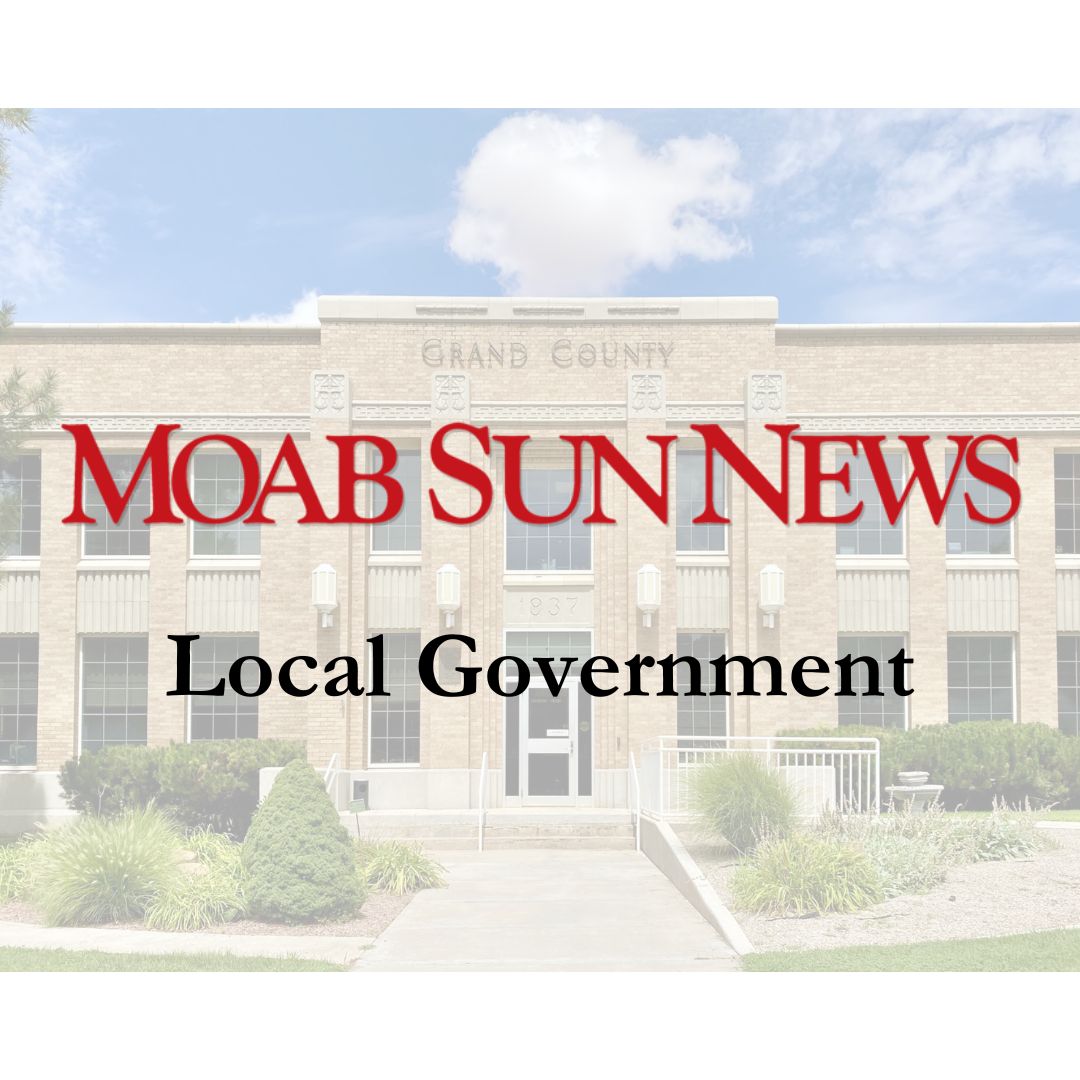The City of Moab has never had a long-term sustainability master plan in place—a plan that could bring together multiple entities in the city, drive policy change, and lay out a vision for the future here. There have been attempts—in 2009, the city adopted the “2020 Vision: A Sustainable Moab Plan”; in 2019, then-sustainability director Rosemary Russo tried to create a plan; it was brought back to life again in 2021 with then-sustainability director Mila Dunbar-Irwin. Now, it’s finally coming to fruition under director Alexi Lamm, who started in the position in November 2022.
The 2023 Sustainability Action Plan draws on the work that came before it and “maps out the next steps for the City to equitably pursue climate action and sustainability,” according to the council agenda item. The plan is divided into six topic areas: energy efficiency, renewable energy and buildings, land use and planning, transportation, materials management, nature and ecosystems, and water. Lamm worked with the Brendle Group, a consulting firm, to create the plan.
The plan lays out ambitious goals, such as reaching an 80% reduction in greenhouse gas emissions by 2040 and achieving a 100% renewable electricity supply community-wide by 2030. The city also wants to achieve a certification to the International Dark Skies Association in 2024, and plans to create a “Transportation Electrification Plan,” which will identify “policies and strategies to prepare for projected electric vehicle adoption and charging demand.”
In an interview after the meeting, Lamm said the biggest challenge she’s expecting is reducing greenhouse gas emissions and getting a municipal compost project up to a large scale. Many of these goals are set up for success—especially the renewable energy goal, since Moab is part of the Utah Renewable Communities coalition. But others are starting completely new.
Residents can expect to see movement on the renewable energy project and also an urban forestry program: the city was awarded a grant from the U.S. Forest Service to plant more trees in Moab.
“The advantage of going through the planning process is it helps us inventory community interest, community needs, resources that are available to us, staff experiences, and really do some upfront research to understand which projects we want to act on first,” Lamm said.
The plan has been a community effort, she said, extending gratitude to the technical advisory committees and residents who showed up to events or filled out surveys.
“I want to recognize all the people who have been involved so far because I think they’re going to be essential to the implementation,” Lamm said. “We have an office of two people—an AmeriCorps Vista, Mel Zinge, and me—and in order for this to happen for our community, it’s essential we have that involvement.”



